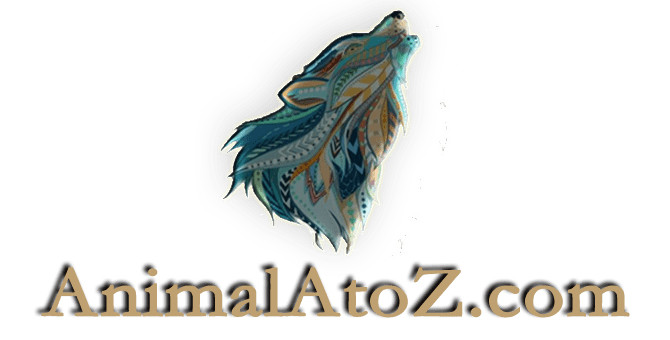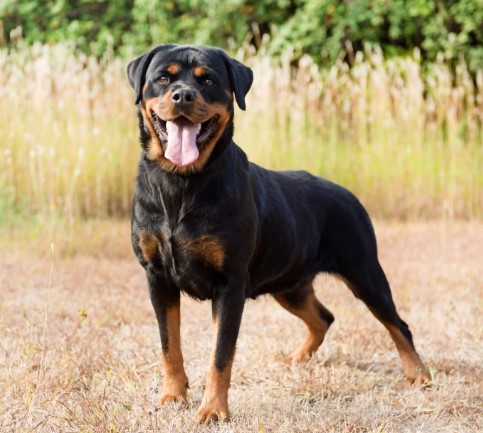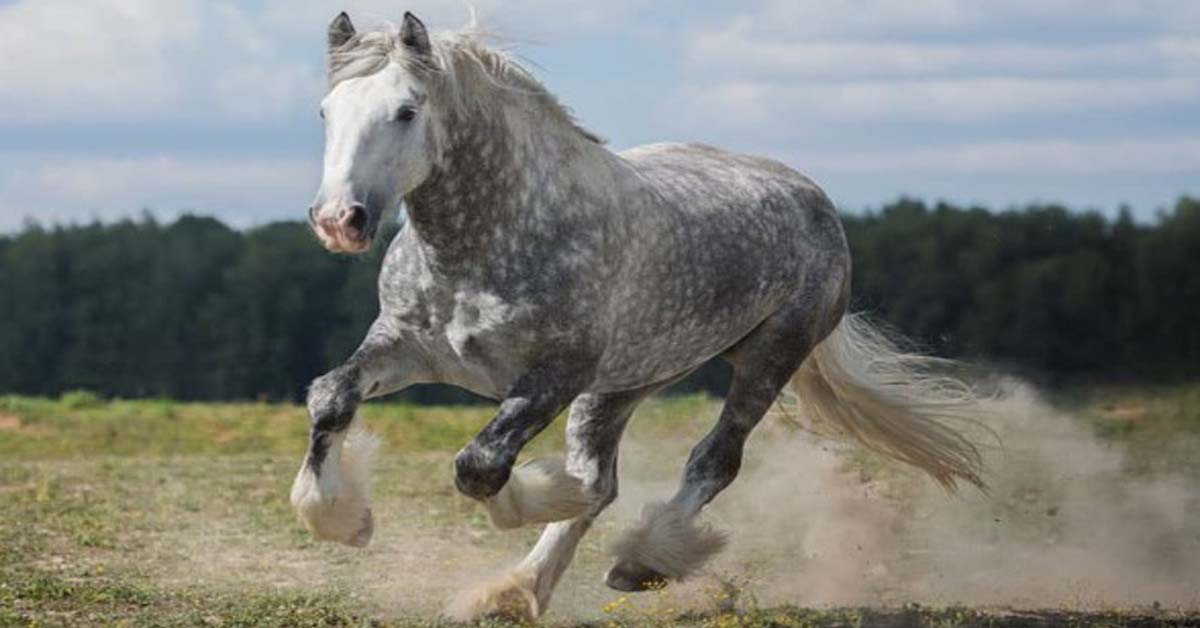The Ocicat a prevalent cat breed, bears a striking resemblance to a wild cat despite lacking recent wild DNA in its genetic makeup. What sets this breed apart is its unique combination of wildcat aesthetics and domesticated temperament. Its name draws inspiration from its likeness to an ocelot.
Originating from a blend of Siamese and Abyssinian cats, the breed’s lineage inadvertently incorporated the American Shorthair into the mix due to a mistake in the Cat Fanciers Association, Inc.’s breeding records. This amalgamation of diverse breeds resulted in the creation of a robust and sizable cat breed, distinguished by its distinctiveness in both appearance and temperament from its original parent breeds.
Ocicat Size
- ORIGIN: USA
- HEIGHT: 9–11 inches
- WEIGHT: 6–15 pounds
- LIFE SPAN: 12-18 years
- COLORS: chocolate / brown/sable cinnamon lavender/silver fawn lilac
Breed characteristics
The perfect Ocicat boasts almond-shaped eyes, a robust and sizable physique, muscular limbs, and sturdy, oval-shaped paws. The head is distinctly wedge-shaped, longer than its width, with ears elegantly tilted at a 45-degree angle.
One of the most captivating features of this breed is its large, thumbprint-shaped spots that create a striking contrast. The well-developed musculature of the body conveys an aura of strength and power. Female Ocicats typically weigh between 6 to 9 pounds, while males range from 9 to 15 pounds.
Most registries, including The Cat Fanciers Association, Inc., permit twelve color variations for this breed. The standard hues for the Ocicat encompass tawny, chocolate, cinnamon, tan, blue, lavender, fawn, black silver, chocolate silver, cinnamon silver, blue silver, lavender silver, and fawn silver.
| Lap Cat: 2 | Intelligence: 4 |
| Ease Of Training: 4 | Grooming Requirements: 1 |
| Shedding: 2 | Good With Children: 4 |
| Good With Dogs: 4 | Chattiness: 4 |

History Of Ocicat Cat
The Dalai Dotson, an intriguing Abyssinian-Siamese hybrid, holds the distinction of being the pioneer of the Ocicat breed. The nomenclature “Ocicat” was coined due to the cat’s striking resemblance to the spotted wild ocelot.
In 1966, the Cat Fanciers Association (CFA) granted registration status to the Ocicat, with Dalai Dotson being among the first to be registered. However, a mix-up in the description during the CFA annual meeting inaccurately identified the breed as a cross between an Abyssinian and an American Shorthair.
Upon realization of the error, the term “Siamese” was added to the description, though “American Shorthair” remained, unintentionally contributing to a fortuitous turn of events for the Ocicat. The inadvertent inclusion of the American Shorthair brought increased size and muscularity to a breed initially reminiscent of lithe Abyssinians and slender Siamese.
By the 1980s, the Ocicat’s allure and personality had garnered widespread attention, attracting a growing number of enthusiasts. In May 1986, the Ocicat attained provisional status from the CFA, achieving championship status a mere year later. The International Cat Association (TICA) also granted championship recognition in 1987. Today, all major North American cat associations acknowledge the Ocicat for championships, signifying its surge in popularity and devoted following.
Appearance
Ocicats may not be large, reaching up to 15 pounds, but they possess sturdy, muscular frames that thrive on physical activity and athletic engagements.
Sporting short, dense, and lustrous coats, Ocicats exhibit a spectrum of colors such as blue, silver, lavender, cinnamon, fawn, and chocolate, complemented by distinctive tabby and spotted patterns.
Temperament
Ocicats are highly social creatures that form strong bonds with their human companions. While they are generally accepting of all family members and strangers, these feline companions tend to develop an especially close connection with one particular person in their household, often following them closely.
According to Marilyn Krieger, a certified cat behavior consultant in San Francisco, “Ossie cats are extremely active, intelligent, and social.” To meet their needs, it’s crucial to provide them with interactive toys and dedicate time and attention to people.
Ocicats exhibit a remarkable capacity for training and can easily learn various tasks and tricks, including responding to their names, sitting, staying, and fetching. Their intelligence enables them to not only comprehend the meaning of commands but also understand the context, making them quick learners when it comes to following your instructions and fulfilling your wishes.
Personality
Exceptionally intelligent, lively, social, and people-centric, the Ossicat may not boast a large stature, but their vibrant personalities make a significant impact. Often likened to having dog-like traits, they eagerly engage with family members and guests.
These feline companions have a penchant for following people around the house, keeping a watchful eye on activities, and occasionally inserting themselves into the proceedings. Their remarkable athleticism enables them to effortlessly leap to high spots, balance on narrow ledges, and explore areas that other cats might overlook.
As a breed that craves attention, the Ossicat is the epitome of an “extra fuss” cat, reveling in plenty of affection and readily asserting their right to it when they deem it necessary, employing both charm and cunning to ensure they receive the desired attention.
Health
Ocicats generally enjoy good health and boast a relatively extended lifespan ranging from 12 to 18 years. Nevertheless, it’s essential to be mindful of certain common ailments, particularly hepatic or renal amyloidosis, pyruvate kinase deficiency, and hypertrophic cardiomyopathy.
According to Lynn Kaufman, DVM, from Prairie View Animal Hospital in Grimes, Iowa, breeding cats for specific “designer” traits can potentially expose them to health issues. She notes, “Anytime a cat is custom-bred for specific, ‘designer’ traits, you’re opening it up [to health problems]. And, of course, the smaller your gene pool, the more common inherited diseases can be.”
Hypertrophic cardiomyopathy (HCM), characterized by the thickening of the heart muscle, is the most prevalent form of heart disease in cats, occasionally observed in Ocicats. Diagnosis of HCM can be confirmed through an echocardiogram.
Michelle Beck, DVM, CCRT, CVA, from Backlund Animal Clinic in Omaha, Neb., explains that while hypertrophic cardiomyopathy can be manageable, cats with this condition may eventually experience heart failure. The life expectancy post-diagnosis is typically around a year or more.
Amyloidosis, on the other hand, involves the accumulation of an insoluble protein called amyloid in organs like the kidneys or liver, leading to lesions, dysfunction, and eventual organ failure.
Pyruvate kinase deficiency pertains to a regulatory enzyme in red blood cells, and cats lacking this enzyme can develop anemia. Vigilance and regular veterinary check-ups are crucial for monitoring and addressing potential health concerns in Ocicats.

Care
The Ocicat’s short and dense coat demands minimal grooming effort. Employing a rubber curry comb for brushing and a chamois cloth for polishing enhances the coat’s natural shine. Regular nail trimming is essential, and providing a scratching post or cardboard scratcher not only contributes to healthy nails but also safeguards your furniture.
For the well-being of Ocicats, indoor living is recommended, given the limited opportunities for exercise indoors. Introducing a tall cat tree can stimulate safe climbing activities and offer enticing outdoor views, fulfilling the feline’s love for such perspectives. Toys play a vital role in channeling the “wild” energy inherent in Ocicats.
Despite being intelligent and high-energy, Ocicats can still find joy in exploring the outdoors safely. This can be achieved by training them to walk on a harness or a walking jacket with a leash. Ocicats stand out as one of the few breeds enthusiastic about learning tricks and skills, with clicker training proving to be an effective method for teaching them.
Best Food For
- Cosma Nature 6 x 70g
- Tigerino Canada / Premium Cat Litter – Babypowder Scented
- Wild Freedom Adult 6 x 200g
- Wild Freedom Adult 6 x 400g
Feeding
Each cat possesses its own individual preferences, dislikes, and dietary requirements. However, as carnivores, cats universally require 41 specific nutrients from their food to thrive.
The quantity of these nutrients is influenced by factors such as age, lifestyle, and overall health. Consequently, the nutritional needs of a lively, growing kitten differ from those of a less active senior cat.
Maintaining an “ideal body condition” according to dietary guidelines is crucial, and this involves adjusting the amount of food provided. Additionally, accommodating individual preferences, whether for wet or dry food recipes, is an essential aspect of ensuring a cat’s satisfaction and well-being.
Grooming
Groom your Ocicat weekly by brushing or combing, offering valuable handling practice and bonding moments while tending to their coat. If your cat’s coat appears greasy, it may suggest a lack of self-grooming, potentially indicating health concerns.
As with any cat, it is advisable to adhere to a schedule of regular vaccinations and parasite control for the overall well-being of your feline companion.
Training And Exisige
Caring for an Ocicat can be as demanding as tending to a dog, requiring attention, grooming, training, and play. Clicker training proves effective in instilling useful behaviors, such as responding to designated locations, entering a cat carrier, vacating specific surfaces, and showcasing entertaining tricks that highlight their athleticism.
In addition to training, it’s advisable to feed a significant portion of their meals through puzzle toys, engaging their hunting, searching, and climbing instincts to locate, retrieve, and consume food. Living with an Ocicat entails considering the layout of furniture and decor; expect knick-knacks to be nudged off shelves, papers to be shredded, and shiny objects to be pilfered and concealed.
Failure to meet the mental and physical exercise needs of Ocicats can lead to demanding behavior problems, including inappropriate toileting, scent marking, self-mutilation, and aggression towards humans. Providing adequate mental stimulation and physical activity is crucial to prevent these issues.
Ocicat For Adoption
When selecting an Ocicat or any other specific breed of cat, thorough research is essential. Take the time to familiarize yourself with the breeder. It’s advisable to visit the breeder’s home before committing to a kitten, as breeders often maintain waiting lists for prospective owners.
Utilize platforms like Facebook to connect with local breeders. Many breeders have established their own Facebook pages and participate in groups dedicated to sharing insights and experiences. Distance should not be a concern, as there exists a robust network of individuals facilitating cat transportation across the country and globally.
If you lean towards adopting from a rescue organization, consider exploring options at:
See More Cat Breeds For Further Research
FAQs
Ocicat Price in India
The cost of Ocicat kittens in India ranges from $800 to $1500 when obtained from a registered breeder in the US. Prices may vary based on the breeder and the quality of the cat.
Are Ocicats Suitable Pets?
“It’s crucial to provide them with interactive toys and dedicate time and attention.” As sociable cats, Ocicats thrive in various family settings and flourish with ample attention. They do not fare well when left alone for extended periods.
How Can I Identify an Ocicat?
To recognize an Ocicat, look for a light coat adorned with dark fur, such as lavender, fawn, or sable. Observe distinctive markings, including black lines on the cheeks.
What is the Size of Ocicats?
The breed’s large, well-muscled body imparts a sense of strength and power. On average, females weigh between 6 to 9 pounds, while males range from 9 to 15 pounds. Most registries, including The Cat Fanciers Association, Inc., recognize 12 color variations.
Are Ocicats Compatible with Other Cats?
Ocicats thrive in active households where owners engage with them, and introduce new toys, and varied forms of play. They prefer not to be the sole pet in a household and fare best when paired with other cats and dogs. Ocicats may feel displeased when their favorite people have extended work hours or are away from home.












2 thoughts on “Ocicat: Height, Personality & Best Care Special Info…”